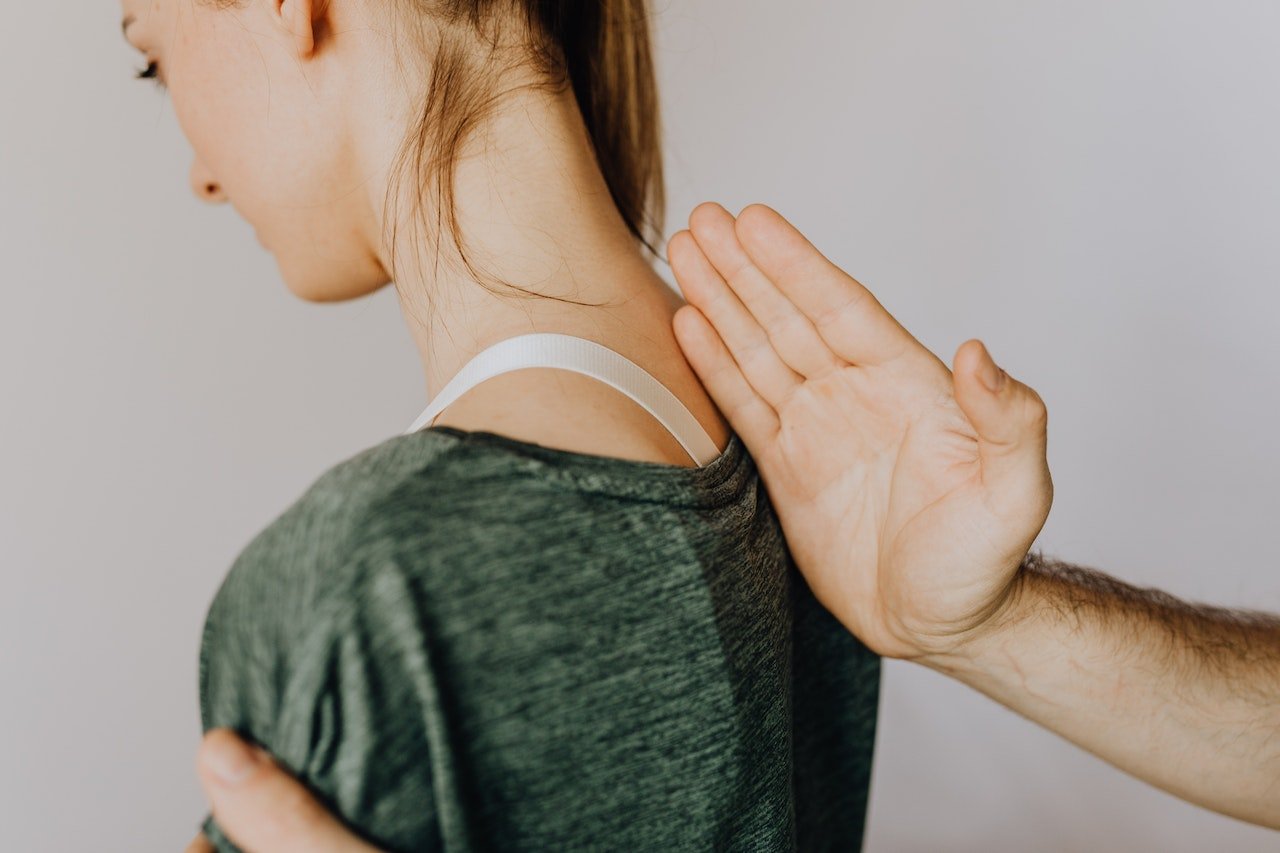Optimizing Thoracic Spine Mobility to Limit Neck and Shoulder Discomfort
As a personal trainer, I believe the following thoracic spine mobility stretches and exercises will help anyone with discomfort and/or dysfunction in their scapula, shoulder, and neck regions. Review the reasons why at the top of the NASM article and begin incorporating these movements from time to time. I've included video links for each.
Optimizing Thoracic Spine Mobility Through Correctional Exercise
Thoracic mobility has become a buzzword over the last several years. This is likely due to the constant barrage of messages dealing with functional movement and mobility versus stability and the increased popularity of many movement-based therapies, such as corrective exercise and yoga.
While many buzzwords come and go, thoracic mobility is, hopefully, here to stay as it is an imperative part of human movement. Furthermore, those who lack mobility through the thoracic spine are subject to more injuries involving the shoulder and neck, as well as having an increased prevalence of low back pain.
Here, we will introduce the thoracic spine and why movement in this region is so important. Also, we’ll investigate how to assess thoracic spine motion and cover a variety of modalities, such as SMR, stretching, and strengthening exercises to improve how you best move through the thoracic spine.
WHAT IS THE THORACIC SPINE?
The thoracic spine is the twelve vertebrae of the middle segment of the vertebral column. While all vertebrae have rib components, they are usually small and make up the transverse processes in regions other than the thorax (Drake, Vogl & Mitchell, 2015).
In the thorax, the ribs articulate with each vertebra, at the vertebral bodies and transverse processes. A typical thoracic vertebra has two partial surfaces on each side of the vertebral body for articulation with the head of its rib and the head of the rib below. Each transverse process also has a smooth, flat surface for articulation with the connection of its rib.
Thoracic vertebrae 2 -9 share the same characteristics, whereas thoracic vertebrae 1 and 10 -12 differ.
The first thoracic vertebrae have a body that resembles a cervical vertebra. Thus, the first thoracic vertebrae usually have similar movement characteristics to the cervical vertebrae.
The ninth thoracic vertebra is lower and thicker than the vertebrae above. From here, thoracic vertebrae 10 -12 begin to thicken and resemble that of the lumbar spine. In many cases, the last two to three thoracic vertebrae demonstrate movement characteristics of the lumbar spine.
On average, each thoracic vertebra can rotate approximately 3 °. Therefore, the thoracic spine should demonstrate 30 -35 ° of total rotation to each side (Neumann, 2010).
It is commonly thought that the lumbar vertebrae should not rotate. However, the lumbar spine also rotates, albeit less than the thoracic. The lumbar vertebrae demonstrate approximately 2 ° of rotation between each, resulting in 10 ° of rotation to each side. Thus, the total thoracolumbar rotation should be approximately 45 ° in each direction.
However, what should be considered here is the consequences to the lumbar spine if the thoracic spine does not rotate well enough. If the thoracic spine does not rotate, the lumbar spine is forced to rotate more, which could play a role in low back pain or injury. As Bogduk (2005) describes, more than 3 ° rotation at any lumbar segment could damage the articular surface and tear collagen fibers comprising each vertebra's disc.
The angles of the joints in the thoracic spine allow for motion in all planes: rotation, flexion/extension, and lateral flexion. However, the ribs block excessive lateral flexion from occurring. Sagittal plane flexion and extension is also available in the region of the thoracic spine. Neumann (2010) states that the average adult demonstrates 40 ° to 45 ° of natural kyphosis while standing.
The thoracic spine can flex from neutral to approximately 35 ° of additional flexion. Thus, the thoracic spine demonstrates up to 75 ° of complete flexion.
Conversely, the thoracic spine only moves 20 ° to 25 ° of extension. Therefore, if the average position is 40 °, the fully extended flexion is still 15 -20 °.
When the term “extension” is used about the thoracic spine, the meaning is a reduction in relative flexion. While there may not be a true extension of the thoracic spine, this reduction in flexion is essential for the movement of the scapula and arm.
To move the arm into full shoulder flexion requires the thoracic spine to move into extension. During flexion, the scapula upwardly rotates and posteriorly tilts on the rib cage, encouraging thoracic extension. Therefore, if the thoracic spine cannot extend, the scapula cannot posteriorly tilt, and the glenohumeral joint cannot get to full flexion, which increases the risk of shoulder impingement.
Many muscles influence the movement of the thoracic spine, but the most notable are the spinal erectors, rhomboids, and middle trapezius. While these muscles have essential functions, they are rarely mechanically shortened and overactive. Thus, the goal of improving thoracic motion is not to “release and lengthen” these muscles. However, foam rolling the thoracic spine is incredibly valuable to specifically mobilize the vertebrae.
Muscles that play a role in thoracic spine motion that typically are short and tight are the pectorals and the latissimus dorsi. These muscles usually need foam rolling and static stretching if a movement assessment indicates they are mechanically short.
Thoracic Spine Mobility Movements
INHIBIT – FOAM ROLLING:
Thoracic spine—Hold tender spots for approximately 30 seconds. Also, add movements of the arms to help introduce thoracic mobility.
Pectorals—Focusing on the pec minor. Use the arm opposite to angle into the roller. Hold pressure for approximately 30 seconds.
Latissimus dorsi—Roll the lateral edge of the shoulder blade from the bottom to the top. Hold pressure on tender spots for approximately 30 seconds.
LENGTHEN - STRETCHING:
Standing pec stretch—Take the first point of tension and hold for 30 seconds.
Stability ball lat stretch—Take to the first point of tension and hold for 30 seconds.
Thoracic extension—Use a foam roller to lean back, encouraging reduced flexion. Don’t let the bottom rib flare, as that indicates the lumbar spine is beginning to move. When performed correctly, you will notice that little movement is necessary to obtain a stretch. Perform this as an active stretch: slowly move through the range of motion 8-10 times.
Thoracic rotation—Perform this as an active stretch: slowly move through the range of motion 8-10 times on each side. If the assessment position is uncomfortable, below is an alternative position. Squeeze a foam roller between the knees to prevent unwanted movement in the hips and pelvis.
ACTIVATION:
Thoracic (spinal) extension—In this exercise, concentrate on allowing motion through the spine. Try to emphasize thoracic flexion over the stability ball and then extend into a neutral position. Move slowly, and don’t hyperextend the spine. Perform 12-15 reps.
Stability ball combo I—Begin with the arms in front, then move to a scaption “Y,” followed by retraction “T,” and then finally depression “A.” Move slowly and keep the spine neutral. Perform 12-15 repetitions, holding each position for 1-2 seconds.
INTEGRATION:
Standing wide-grip row—Using a cable or a band, perform a wide-grip row. A wide-grip row will emphasize the muscles between the shoulder blades and rear deltoids more than the lats. Move slowly and keep the spine neutral. Perform 12-15 repetitions.
Overhead squat with tubing—This exercise will attempt to pull the arms and shoulders into extension and the thoracic spine into flexion. The key is to activate the muscles of the shoulders and between the shoulder blades to maintain full shoulder flexion and a neutral thoracic spine (tubing handles are around the arms in this image). Move slowly and keep the spine neutral. Perform 12-15 repetitions. Note: The video demonstrates the same exercise with a bar overhead, but I encourage you to stretch a band instead. The video highlights many of the common faults to keep in mind.
CHECK THESE USEFUL RESOURCES OUT!
Article Credit: NASM
ABOUT THE AUTHOR: MICHAEL MOODY, PERSONAL TRAINER
As an author, a personal trainer in Denver, and podcast host, Michael Moody has helped personal training clients achieve new fitness heights and incredible weight loss transformations since 2005. He also produces the wellness podcast "The Elements of Being" and has been featured on NBC, WGN Radio, and PBS.
Michael offers personal training to Denver residents who want to meet at the 2460 W 26th Ave studio….or in their homes throughout LoHi (80206), LoDo (80202), RiNo (80216), Washington Park (80209), Cherry Creek (80206, 80209, 80243, 80246, 80231), and Highlands (80202, 80211, 80212). Michael also offers experiences with a personal trainer in Jefferson Park (80211) and Sloan's Lake (80204, 80212).
If you’re looking for a personal trainer who can curate a sustainable (and adaptable) routine based on your needs and wants, Michael is the experienced practitioner you’ve been looking for. Try personal training for a month…your body will thank you!

































